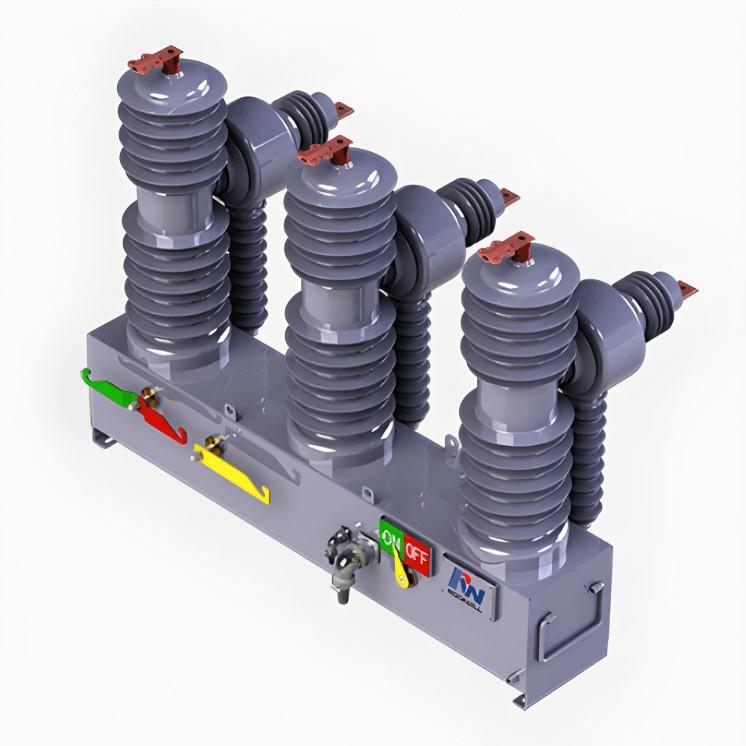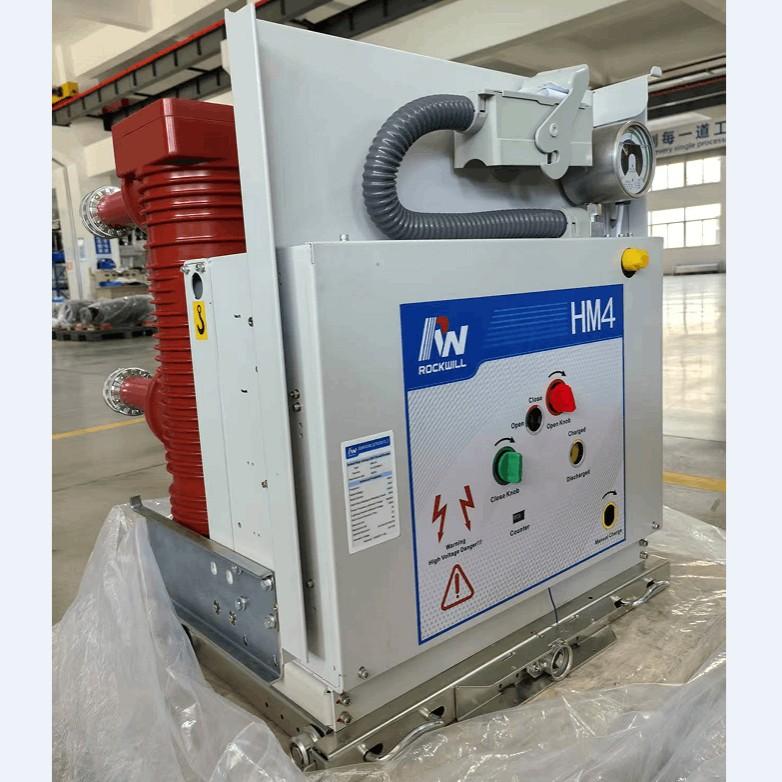- Product
- Suppliers
- Manufacturers
- Solutions
- Free tools
- Knowledges
- Experts
- Communities
Search
-
Bepul vositalar
-
IEE Business elektr tarmog'ini ishlab chiqarish va energiya xarid savdo budjetini hisoblash uchun bepul AI asosidagi vositalarni taklif etadi: parametrlaringizni kiriting hisoblang va transformatorlar kabel motors elektr jihozlari narxi va boshqalar bo'yicha darhol natijalarni oling dunyo miqyosidagi inzhenerlar ishonchini bajargan
-
-
Qo'llab-quvvatlash
-
IEE-Business innovatsiya va qiymatni birlashtiradigan platforma yaratadiAloqchi texnologik bilimTexnik bilimlarni ulashish va ishonzodachilardan daromad olishAjoyib Biznes YechimlariSponsorlardan pul ishlab olish uchun biznes yechimlari qo'shilish va yaratishNufuzli shaxsiy mutaxassislariTalant ko'rsatishingizni sponsorlarga namoyish eting, kelajagingizni qo'lga kiring!
-
-
Jamiyat
-
Professional hamyangingizni yaratingSizning biznesingizni o'stirish uchun sohaning mutaxassislari, potentsial hamkorlar va qaror qabul qiluvchilarni toping va ular bilan bog'laningShaxsiy tarmoqni kengaytiringSizning o'sishingizni tezlashtirish uchun soha mutaxassislari, ehtimoliy hamkorlar va qaror qabul qiluvchilar bilan bog'laningKo'proq tashkilotlarni kashf etingMaqsadli kompaniyalar, hamkorlar va sanoat yetakchilarini o'rganib, yangi biznes imkoniyatlarini ochingJoin Diverse CommunitiesMavzuga oid muhokamalarda, sohanaviy almashinuvda va resurslarni ulashishda qatnashib, ta'siringizni kuchaytiring
-
-
Hamkorlik
Hamkorlar
-
-
IEE-Business hamkorlar dasturiga qo'shilishBiznes oshishini kuchantirish — texnik vositalardan global biznes kengayishigacha
-
-
-
Oʻzbek tili
-
- English
- Afrikaans
- العربية
- Azərbaycan dili
- български
- বাংলা
- Català
- Cebuano
- čeština
- Dansk
- Deutsch
- Ελληνικά
- Esperanto
- Español
- Eesti keel
- Euskara
- دری
- فارسی
- suomi
- Filipino
- français
- Gaeilge
- Galego
- Hausa
- עברית
- हिन्दी
- Hrvatski
- magyar nyelv
- հայերեն
- Bahasa Indonesia
- Íslenska
- Italiano
- 日本語
- ქართული
- Қазақ тілі
- ಕನ್ನಡ
- 한국어
- Kurdî
- Latina
- Latviešu valoda
- македонски јазик
- Bahasa Melayu
- Malti
- नेपाली
- Nederlands
- Norsk
- ਪੰਜਾਬੀ
- polski
- پښتو
- Português
- Русский язык
- සිංහල
- Slovenščina
- српски језик
- Svenska
- Kiswahili
- தமிழ்
- తెలుగు
- ไทย
- Tagalog
- Türkçe
- українська мова
- اردو
- Oʻzbek tili
- Tiếng Việt
-
Nufuzli shaxsiy mutaxassislari
-
Oʻzbek tili
-
- English
- Afrikaans
- العربية
- Azərbaycan dili
- български
- বাংলা
- Català
- Cebuano
- čeština
- Dansk
- Deutsch
- Ελληνικά
- Esperanto
- Español
- Eesti keel
- Euskara
- دری
- فارسی
- suomi
- Filipino
- français
- Gaeilge
- Galego
- Hausa
- עברית
- हिन्दी
- Hrvatski
- magyar nyelv
- հայերեն
- Bahasa Indonesia
- Íslenska
- Italiano
- 日本語
- ქართული
- Қазақ тілі
- ಕನ್ನಡ
- 한국어
- Kurdî
- Latina
- Latviešu valoda
- македонски јазик
- Bahasa Melayu
- Malti
- नेपाली
- Nederlands
- Norsk
- ਪੰਜਾਬੀ
- polski
- پښتو
- Português
- Русский язык
- සිංහල
- Slovenščina
- српски језик
- Svenska
- Kiswahili
- தமிழ்
- తెలుగు
- ไทย
- Tagalog
- Türkçe
- українська мова
- اردو
- Oʻzbek tili
- Tiếng Việt
-
Беплатные электрические калькуляторы
Nufuzli shaxsiy mutaxassislari






















